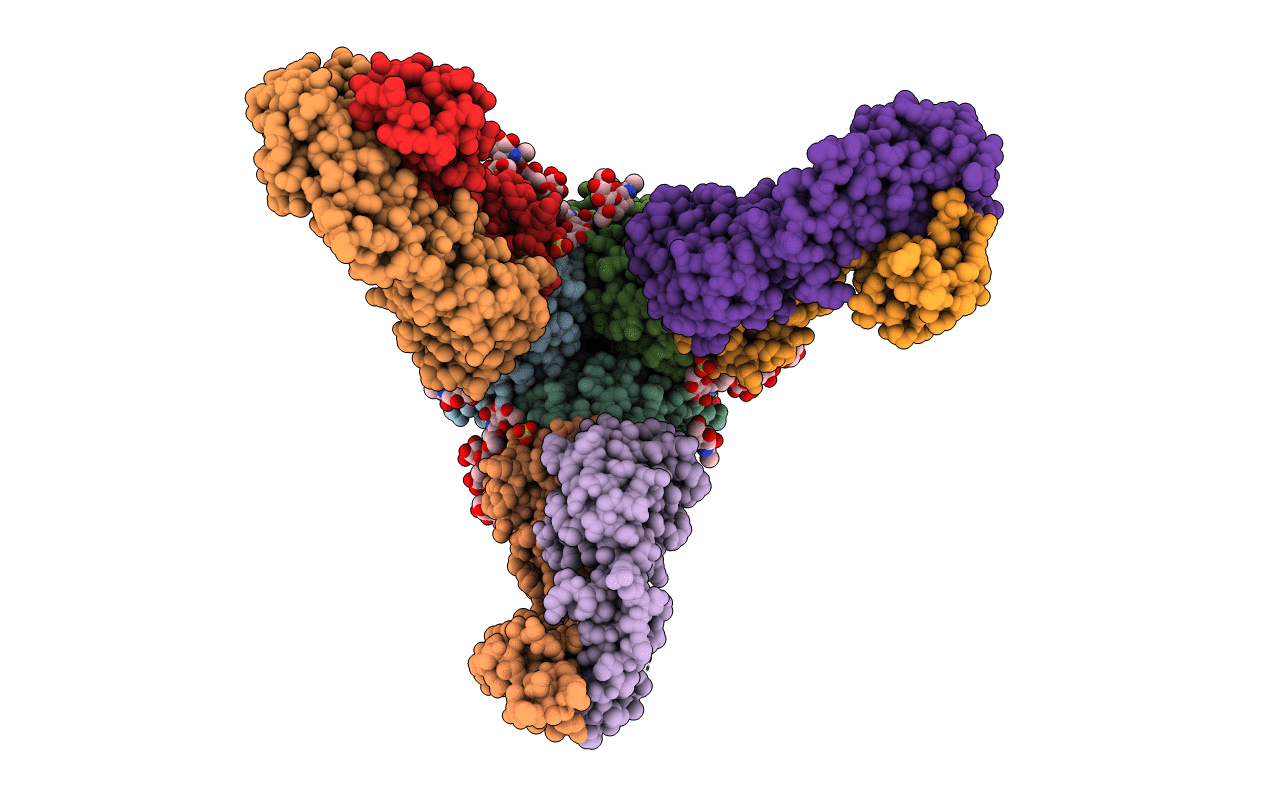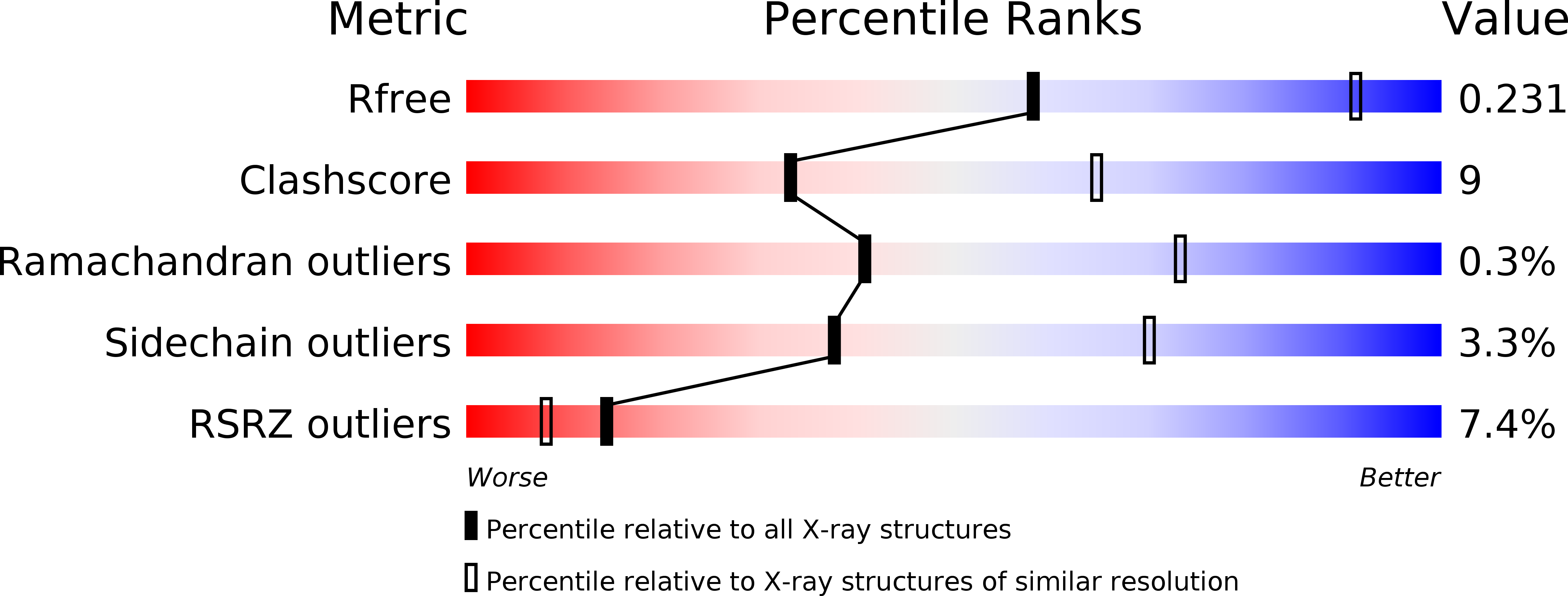
Deposition Date
2012-08-16
Release Date
2012-10-03
Last Version Date
2024-11-20
Entry Detail
PDB ID:
4GMS
Keywords:
Title:
Crystal structure of heterosubtypic Fab S139/1 in complex with influenza A H3 hemagglutinin
Biological Source:
Source Organism:
Influenza A virus (Taxon ID: 392809)
Mus musculus (Taxon ID: 10090)
Mus musculus (Taxon ID: 10090)
Host Organism:
Method Details:
Experimental Method:
Resolution:
2.95 Å
R-Value Free:
0.23
R-Value Work:
0.20
R-Value Observed:
0.20
Space Group:
C 1 2 1


